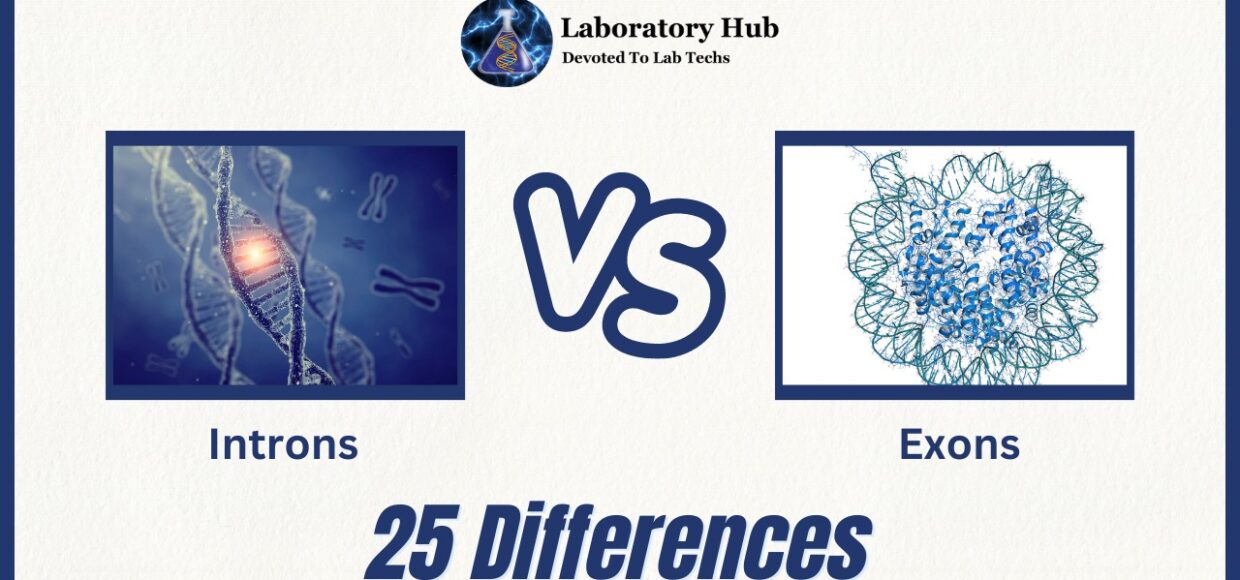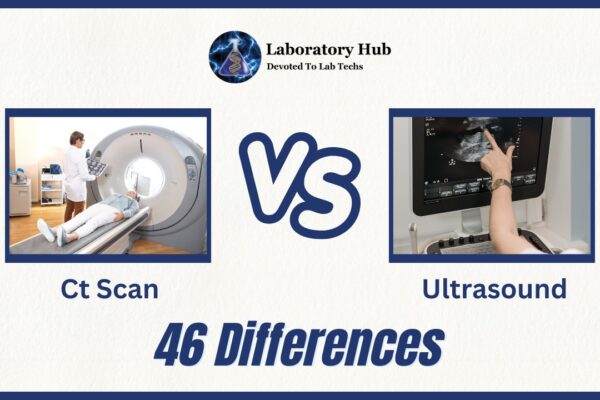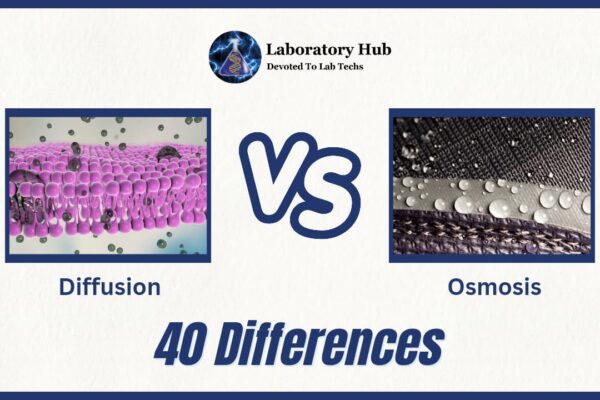Introns vs Exons- 25 Major Differences
In genetics, several factors affect gene structure and function. Introns and exons help gene expression and protein synthesis. We grasp genetic information and its translation into functional molecules from these DNA sequences. Life’s richness and variety depend on intron-exon interactions.
Protein synthesis instructions are in exons. Transcription and translation produce amino acids, which make proteins. Protein domains, motifs, and active sites are encoded by exons. Alternative splicing allows the synthesis of several protein isoforms from a single gene, enhancing genetic variety and functional complexity.
However, genes contain non-coding introns between exons. Introns, once termed “junk DNA,” regulate gene expression and evolution. Introns and exons produce a precursor mRNA molecule during transcription. After splicing, mature mRNA comprises solely exonic sequences. Introns regulate gene expression, facilitate genetic recombination, and provide a reservoir for new genes and functional elements, although they do not directly synthesize protein.
Introns and exons show how complicated gene control and genetic information are. Introns regulate, diversify, and evolve genes, while exons code proteins. Alternative splicing alters the proteome landscape and generates a varied array of proteins from a few genes.
In molecular biology, genetics, and biotechnology, understanding intron-exon interactions is crucial. Their mechanisms reveal disease processes, genetic diversity, and focused treatment approaches. Introns and exons continue to fascinate scientists, revealing life’s genetic complexity.
Also Read: Innate Immunity vs Adaptive Immunity- 35 Differences
S. No. | Aspect | Introns | Exons |
1 | Definition | Non-coding sequences within a gene | Coding sequences within a gene |
2 | Location | Located within the gene sequence | Located within the gene sequence |
3 | Size | Typically larger in size than exons | Typically smaller in size than introns |
4 | Function | Do not code for protein sequences | Code for protein sequences |
5 | Transcription | Transcribed into pre-mRNA | Transcribed into pre-mRNA |
6 | RNA Processing | Removed during RNA splicing | Remain in the final mature mRNA |
7 | Splicing | Requires splicing to remove introns | Does not require splicing |
8 | Codon Usage | No codons, not translated into amino acids | Contain codons, translated into amino acids |
9 | Nucleotide Composition | Rich in adenine (A) and thymine (T) | Varied nucleotide composition |
10 | RNA Stability | Often less stable than exons | Often more stable than introns |
11 | Gene Regulation | Involved in gene regulation and alternative splicing | Primarily involved in protein coding |
12 | Regulatory Elements | Can contain regulatory elements like enhancers and silencers | Largely lack regulatory elements |
13 | Evolutionary Conservation | Often less conserved among species | Highly conserved among species |
14 | Number | Multiple introns present in most genes | Multiple exons present in most genes |
15 | Alternative Splicing | Contribute to alternative splicing and generation of multiple mRNA isoforms | Not involved in alternative splicing |
16 | Protein Domains | Do not encode protein domains | Encode protein domains and functional regions |
17 | Gene Expression | Can regulate gene expression through splicing and noncoding RNA function | Directly contribute to gene expression |
18 | Examples | Introns in the human β-globin gene, human CFTR gene | Exons in the human β-globin gene, human CFTR gene |
19 | Presence | Present in most eukaryotic genes | Present in most eukaryotic genes |
20 | mRNA Structure | Removed from the primary mRNA transcript | Remain in the primary mRNA transcript |
21 | RNA Splicing Sites | Consensus splice sites for intron removal | Lack consensus splice sites |
22 | Protein Coding | Do not encode amino acids | Encode amino acids |
23 | Role in Evolution | Can facilitate evolutionary changes and genetic diversity | Contribute to the conservation of functional protein regions |
24 | Gene Length | Contribute to the overall gene length | Contribute to the overall gene length |
25 | Examples | Introns in the human BRCA1 gene, Drosophila melanogaster white gene | Exons in the human BRCA1 gene, Drosophila melanogaster white gene |
Also Read: B Cells vs T Cells- Definition and 25 Key Differences
Frequently Asked Questions (FAQS)
DNA or RNA molecules have sections called introns and exons. Exons are coding sequences that are translated into proteins when they are transcribed, whereas introns are non-coding regions that are transcribed but not translated into proteins.
Protein coding information is found in exons. They are translated into the protein-building amino acid sequences after being translated into RNA. Exons control how proteins are created and how they work within the cell.
Within the same gene sequence, introns and exons can be present. Exons and introns are both initially translated into a precursor messenger RNA (pre-mRNA) molecule. However, introns are cut out during splicing, and the remaining exons are combined to create the mature mRNA that is translated into protein.
A single gene can produce several mRNA transcripts through the process of alternative splicing, which allows for various combinations of exons to be included or omitted throughout the splicing process. Different protein isoforms with specialized functions can be produced through this mechanism.
Exons are rarer than introns. A number of introns are interspersed between exons in the majority of eukaryotic genes. Between genes, species, and even people, intron size and number can differ significantly.
In eukaryotes, which are made up of plants, mammals, fungi, and protists, introns and exons are present. Prokaryotes, on the other hand, including bacteria and archaea, don’t contain introns and often have small genomes with few non-coding regions.
Exon and intron mutations can cause a variety of genetic illnesses. Exon mutations may modify the protein sequence, resulting in functional problems. The splicing process can be interfered with by intron mutations, which can lead to aberrant protein synthesis or control of gene expression.
Yes, introns help to maintain genetic variety. Different protein isoforms can be produced through alternative splicing, which is made possible by the presence of introns. By allowing organisms to adapt to shifting circumstances and carry out specialized tasks, this variety might provide evolution an edge.
Introns and exons are studied by scientists using a variety of molecular biology methods, such as computational analysis, DNA sequencing, and RNA sequencing. These techniques assist in locating and analyzing introns and exons inside genes to determine their structure, functions, and regulatory processes.
Protein coding information is found in exons. They are translated into the protein-building amino acid sequences after being translated into RNA. Exons control how proteins are created and how they work within the cell.







